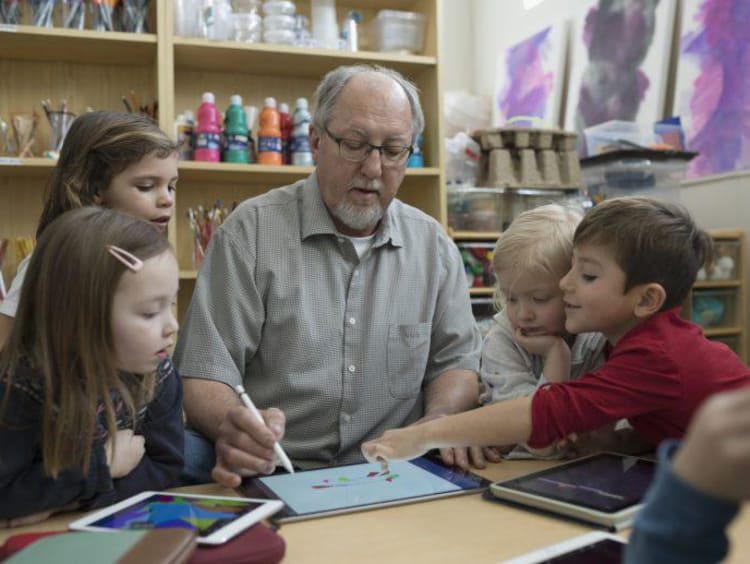4 Ways to Include Personalized Learning in Your Classroom

Personalized learning is a big trend in education right now, and for good reason. It is showing great results for student learning and engagement. Though personalized learning looks different in every district, school and classroom, there are certain elements that are the same. No matter where it happens, personalized learning emphasizes the student’s ownership of their learning. The teacher acts as a facilitator, while the students drive curriculum based on interest and need.
Though not necessary for personalized learning, technology can aid the process. Student data can be collected quickly and enable teachers and students to make immediate decisions about what happens next. In some cases, the technology makes that decision and adapts lessons and assessment based on student performance. In a technology-enabled personalized learning environment, curriculum is adjusted frequently. Students are always working on the material they need.
What Personalized Learning Might Look Like In Your Classroom
If your school has not adopted personalized learning, but you see the benefits, you can implement changes in your own classroom. There are actually a few easy-to-make changes that will help you take important steps toward personalized learning.
1. Offer students more chances to make choices
When students choose topics or products, you allow them to apply their strengths and interests to their classwork. If you have just read a book, instead of requiring a book report, ask students to choose a project that will represent their understanding. On the other hand, let students choose their own books to begin with. Math teachers might offer choice in homework assignments, letting students choose any ten problems to solve.
2. Show students their data
When you gather data based on work or assessment, share it with students right away. Ask them to make interpretations about it and consider what they need to do next. Then use that data to decide if students need to sit in on the next set of lessons or if they can explore a new concept at a deeper level.
3. Reconsider classroom layout
Because not every student is working on the same material and not every student learns best in the same way, try reconfiguring the seating in your classroom. You might have some desks, some tables for small group work, some comfortable chairs for independent work and some standing stations with a whiteboard. Physical space can affect learning for students, so consider movement from activity to activity and what students need to complete their work.
4. Take time to learn about student interests
Personalized learning is not just about giving students the right academic information at the right time. It also includes helping them access information they are interested in. Student interest surveys are given frequently in personalized learning classrooms so that teachers can tailor choices to their specific class. Spend time with your students to learn how they like to learn.
To learn more about how Grand Canyon University’s College of Education provides teachers with ideas about the best ways to prepare students for the future, visit our website or click the Request More Information Button on this page.
The views and opinions expressed in this article are those of the author’s and do not necessarily reflect the official policy or position of Grand Canyon University. Any sources cited were accurate as of the publish date.


